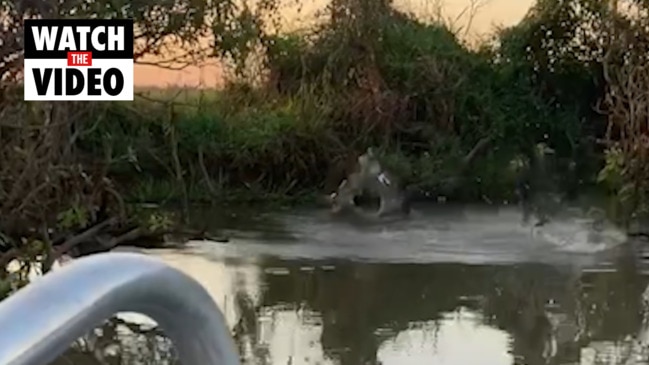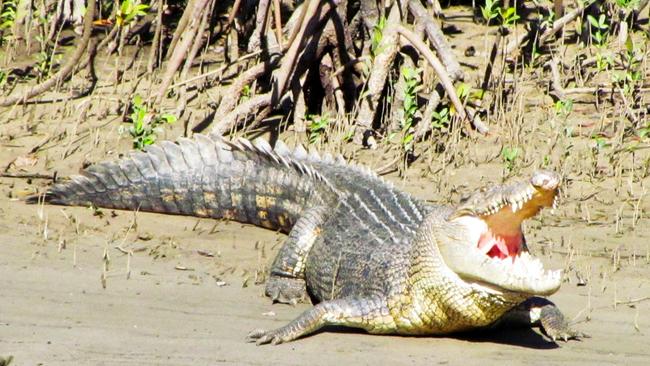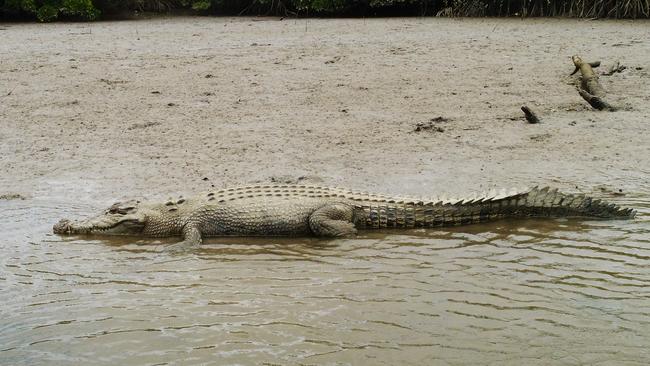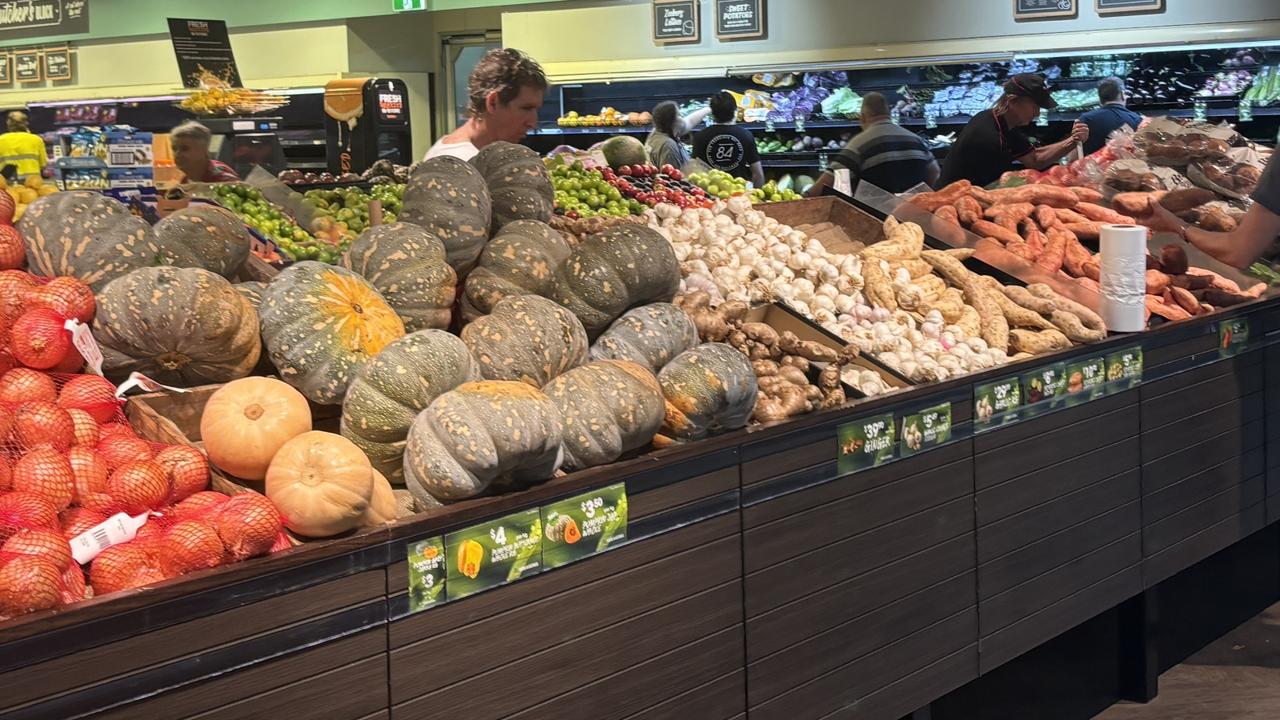FNQ croc numbers from the Cape to Hinchinbrook revealed
Between 20,000 and 30,000 reptiles are believed to make up the wild saltie population in Queensland as numbers bounce back after a hunting ban in the 1970s.

Cairns
Don't miss out on the headlines from Cairns. Followed categories will be added to My News.
MORE favourite swim and picnic spots along Far North river and creek systems could slowly become no go zones as the region’s saltwater crocodile population explodes.
Croc numbers have been revealed with the release of data gathered during a three-year survey involving choppers, boats and hundreds of human hours.
It’s estimated there are between 20,000 to 30,000 salties in the wild making up a Queensland population that is bouncing back after being nearly wiped out before the introduction of a 1970s hunting ban.
Cape York rivers topped the most crocs list – the Jardine, Escape River and Jackie Jackie Creek recording the highest croc density in the state (not including the Proserpine River) with an average of three animals per kilometre.

MORE NEWS
Croc guide urges calm over saltie numbers
Human remains found inside shot crocodile
Saltie survey questioned by firebrand MP
Around Cape Grenville and North Kennedy River on the eastern Cape and the Mitchell River on the Gulf coast the concentration was about 1.5 crocs per kilometre.
Port Musgrave including the Wenlock and Ducie rivers at Mapoon and Lakefield National Park stood out at major Cape York hot spots.
Known as the ‘king of the Cape’ Roy Kunda said a massive lowland river habitat was able to sustain such large populations.
“That’s their habitat and the ideal environment for them,” he said.
“We try and show on our tours that’s the place to see them in the (Lakeland) National Park, we try to educate people from down south.
“Lakefield National Park is dotted with waterways and they have no problem living in freshwater.”
And in Cairns and the Cassowary Coast rivers including the Tully, Hull Moresby, Johnstone, Russell, Mulgrave, Trinity Inlet, Barron, Mowbray, Daintree systems the rate dropped to about 1.2 crocs per kilometre.

However the average weight (or biomass) of the Queensland croc population is 10 times smaller than the Northern Territory.
Asked about the goal of the survey, a Department of Environment and Science spokesman said management of croc populations was aimed at striking a balance between public safety and maintaining viable populations in the wild.
“Results from the monitoring program suggest that these dual objectives are being achieved,” he said.

“DES invests $3m per year on its estuarine crocodile management program. This includes responding to crocodile sighting reports, trapping and removing problem crocodiles, Crocwise safety education, and crocodile research and monitoring.”
The recovery of croc numbers revealed during the survey will have no direct impact on the issuing of commercial crocodile egg harvesting licences.

Based on croc count findings there was no evidence of a southward advance beyond the limit their usual range of Rockhampton’s Fitzroy River.
Cape tour Mr Kunda backed up numbers in the survey citing the croc population being in recovery.
“There’s definitely been an increase in crocs all over the Cape,” he said.
Originally published as FNQ croc numbers from the Cape to Hinchinbrook revealed


